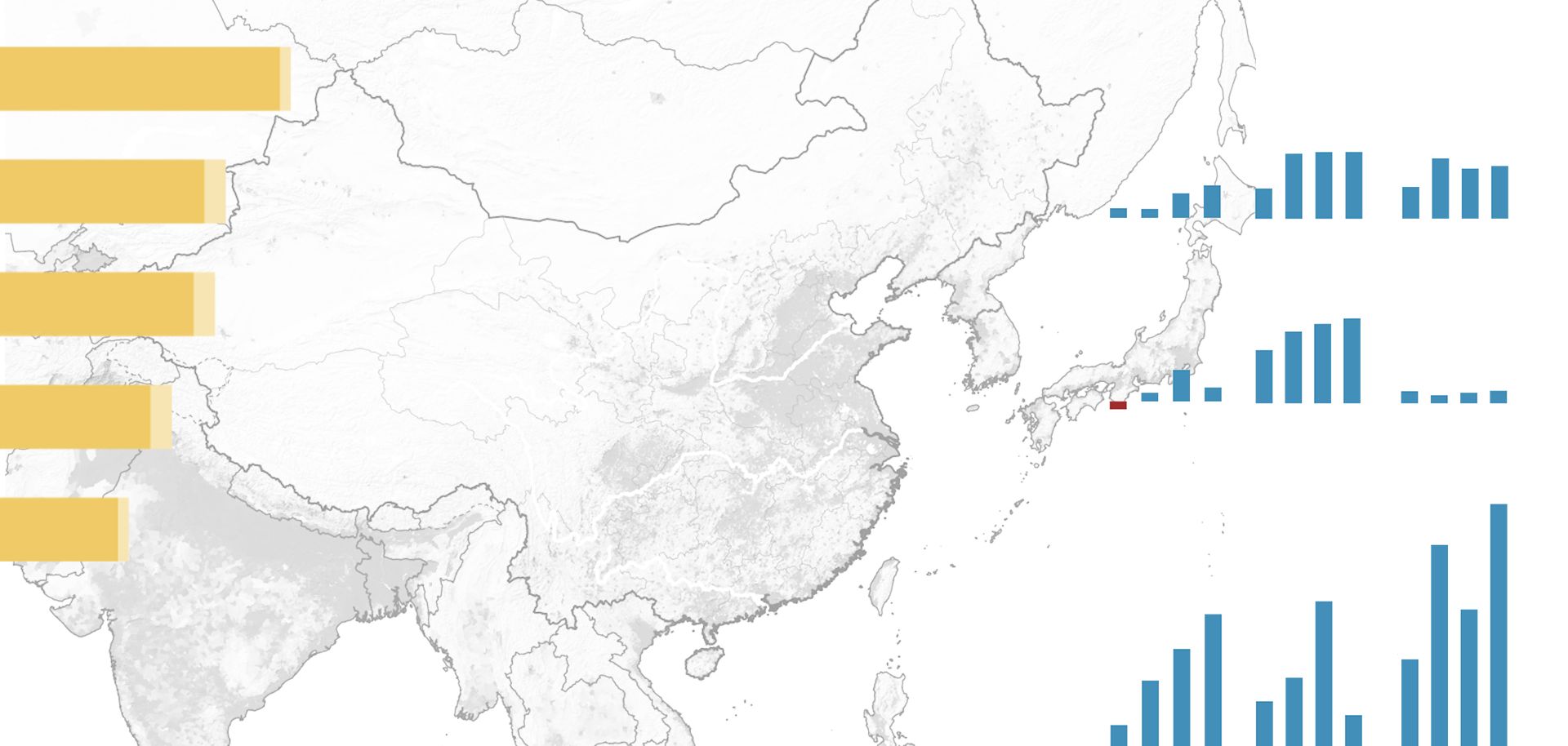
Since the end of the Cold War, India has been driven by the desire to bypass the Afghanistan-Pakistan corridor and gain access to Central Asia. That India's regional interests converge with those of Iran has long represented a major opportunity to New Delhi. The ongoing shift in U.S.-Iranian relations is finally allowing New Delhi to capitalize on this opportunity, even though it may not see the benefits for some time.
Two of the India's largest state-owned ports have enlisted the help of a private firm to help develop Iran's southeastern port of Chabahar. According to media reports from March 3, the Jawaharlal Nehru Port, which is south of Mumbai and is India's busiest container port, will develop loading facilities in Chabahar. Kandla Port, which is located in western India's Gujarat state and is India's biggest cargo handler by volume, will help establish dry bulk handling facilities at Chabahar. Iran has been increasingly interested in developing its trade infrastructure; earlier the same day, Iranian Supreme Leader Ayatollah Ali Khamenei's international affairs adviser, Ali Akbar Velayati, called for a trade corridor between Chabahar and the Russian city of St. Petersburg.
One notable investment entailed the construction of a strategic road by the Indian army's corps of engineers. Costing more than $1 billion, the road connected Delaram and Zaranj, two otherwise obscure Afghan towns in the southeastern province of Nimroz. Significantly, the road served as the missing link between the Iranian border and Afghanistan's "garland highway," also know as the A01 — the conduit linking Kabul, Kandahar, Herat, Mazar-e-Sharif and Kunduz. Completed in 2009, the 135 mile-long, two-lane road, also known as Route 606, runs all the way to the Iranian border, connecting to the southeastern Iranian city of Zabol. Zabol, in turn, is connected to Chabahar.
India's interest in Chabahar is more about bypassing Pakistan for access to Central Asia. A sea-route to Iran offers a better alternative to a land route through India's western neighbors. Tense relations with Pakistan and the difficult terrain and security risks of the Afghanistan-Pakistan land corridor make port-to-port trade with Tehran significantly more desirable. But given the scale of the project and political, logistical and financial limitations, a potential Indian-Iranian ocean trade corridor is more of a long-term project for both countries.



